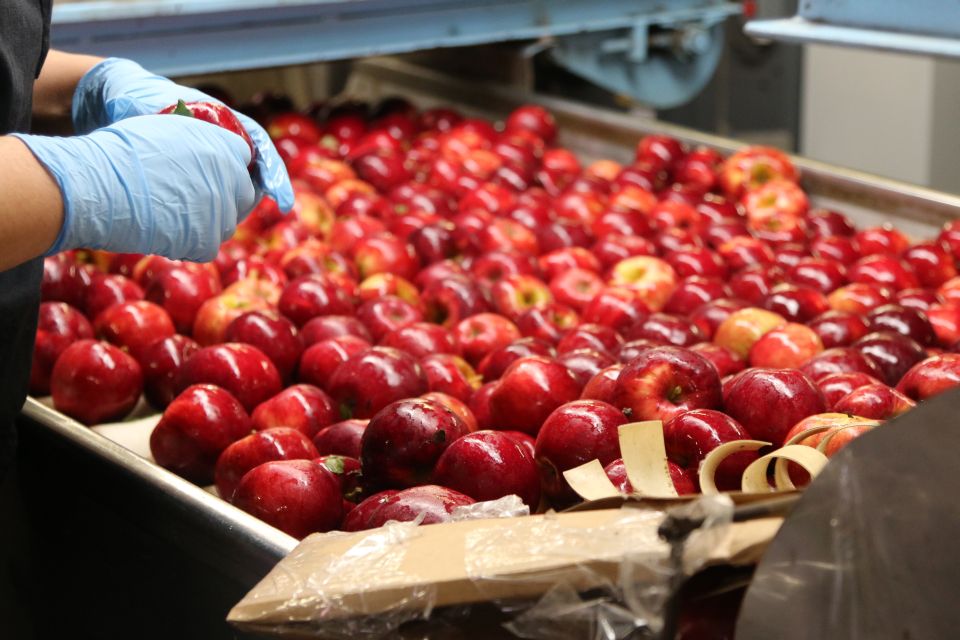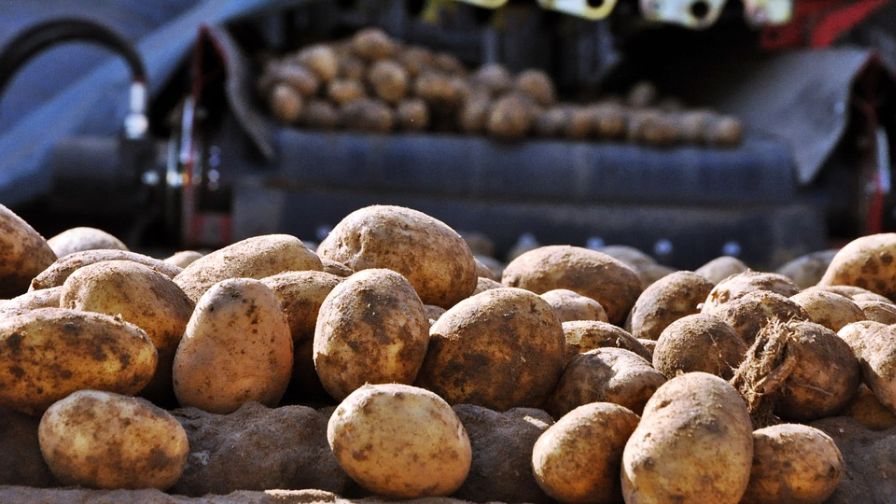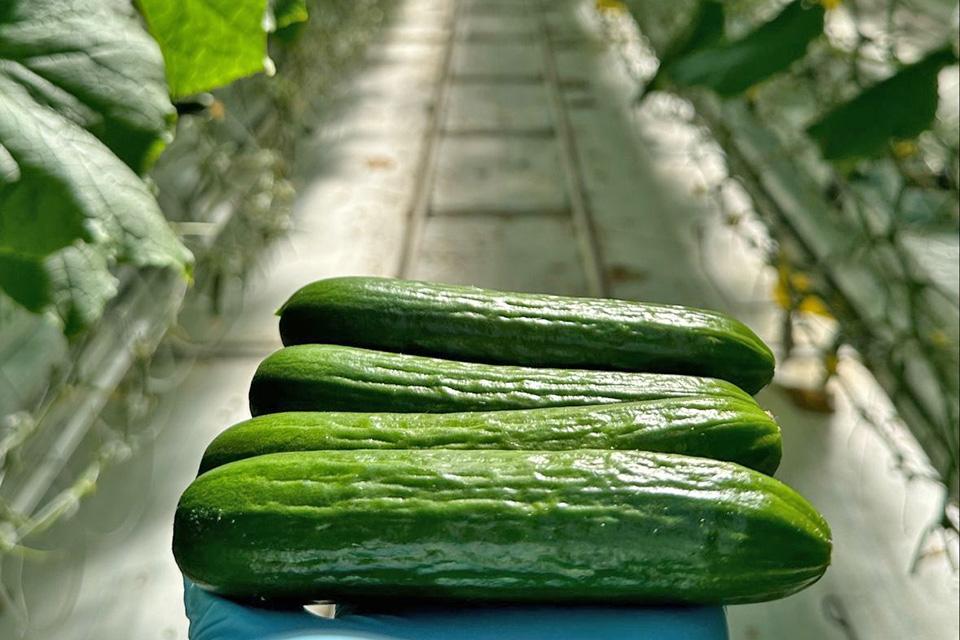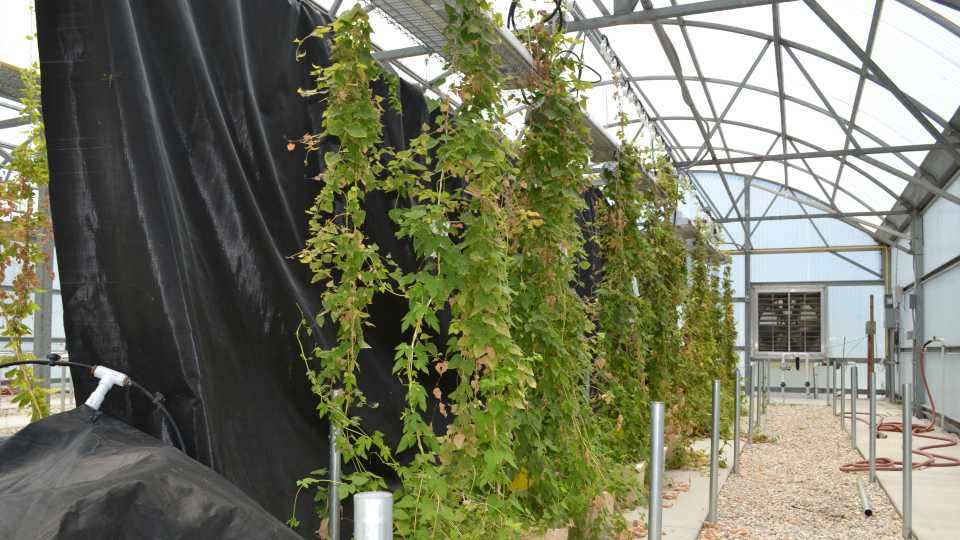Idealism and Practicality Grow Well Together on the Farm [Opinion]
We’re living through an era of change. It makes you take a step back and assess what role the vegetable industry plays in major national trends.
Typically speaking, growers focus on keeping crops healthy, increasing yields, and securing good contracts. Those are the basics of being a farmer, after all. We also have those issues directly impacting growers — crop prices, inflation, supply chain, increasing swings in weather, and increased government regulations.
But there are other societal issues at play across the country, including increased food insecurity.
One way growers often help is through their food pantry donations. Those relationships grew throughout the pandemic. Many pantries now have budgets and refrigeration for fresh produce, making food pantries a viable addition to a grower’s customer list, not just the donation list.
Another trend impacting growers is the ugly food movement. It’s creating a reliable market for perfectly good food that fails to rate high enough to reach grocery shelves. It’s a small portion of the industry, yes, but it’s not a passing trend. Consumer interest — and sales — are steadily growing.
Those interested in ensuring as little food is wasted as possible aren’t merely idealistic. They’re expanding who growers can sell to. Over the past few years, I’ve seen a lot of changes in traditional customer bases. We profiled a grower who switched much of his crop to same-day delivery to his local grocery store chain (see the article on Tony L. Slaughter Farms and Food City).
Growers who never sold to consumers switched some of their fields to supply new CSA (community-supported agriculture) programs.
And all this new demand is leading to a need to track and grade crops, even those not heading to a cannery or grocery store.
Lisa Johnson has been participating in this movement for some time. She told me about a project she and a fellow North Carolina State University researcher were working on to determine if another harvest is financially worthwhile. You can read about their findings here.
And now she is working with World Wildlife Fund to provide calculators to growers like Duda Farm Fresh Foods’ Brad Stinson to help them track food waste. It will help his operation spot and act on any areas needing improvement.
I’m looking forward to watching where Johnson’s drive to help both growers and those in need leads her. Many of you I meet have a similar desire to meet the needs our country has. The trick is to find a fiscally responsible and sustainable way. Have ideas? Drop me a line.
Oh, One More Thing
In our State of the Vegetable Industry survey, we’ve targeted the same six customer groups for years. That includes supermarkets, warehouse clubs, direct to consumer, canning/processing, food service, and local distributors.
Here’s how three key customer groups have shifted over the past five years.











